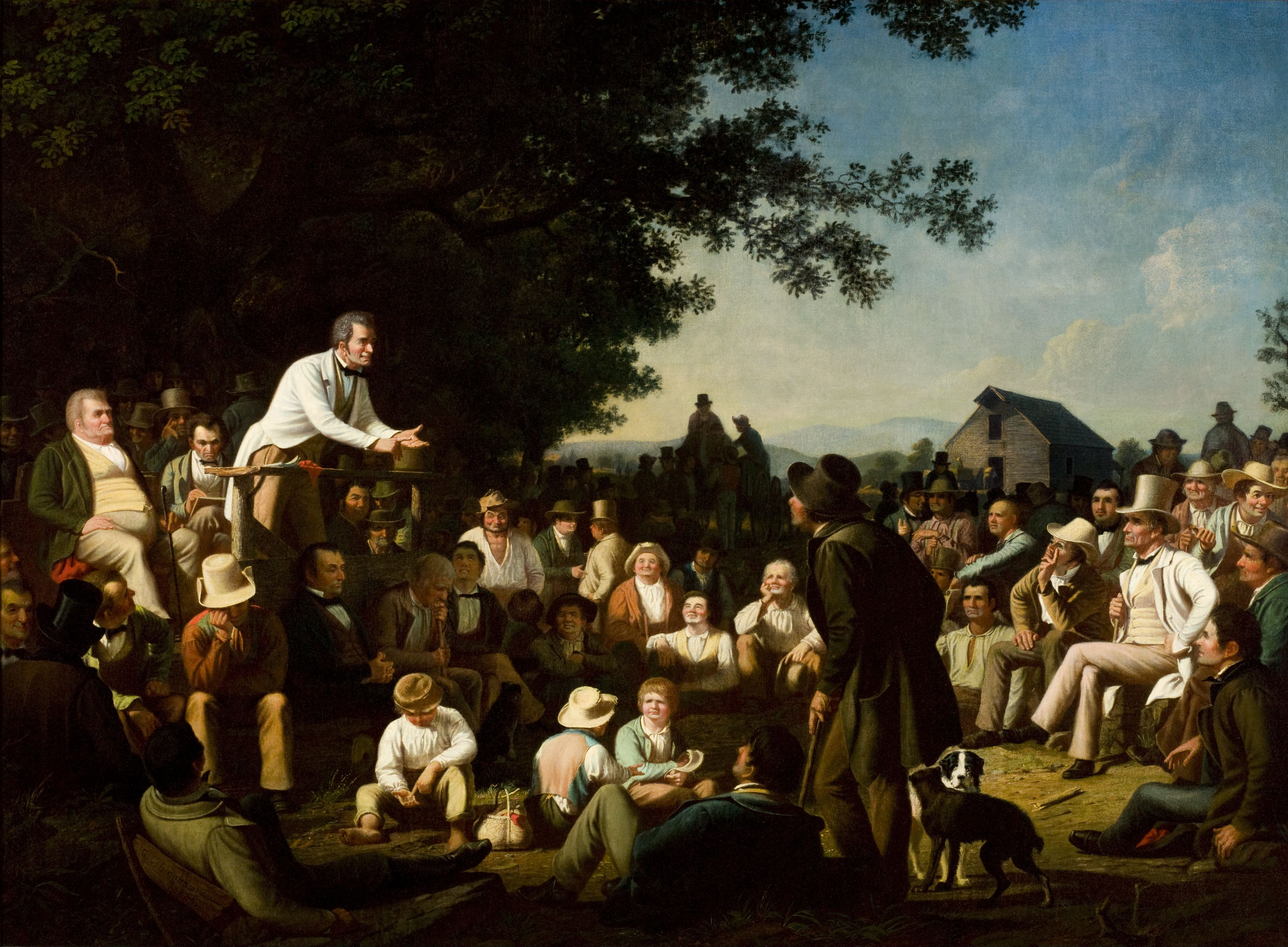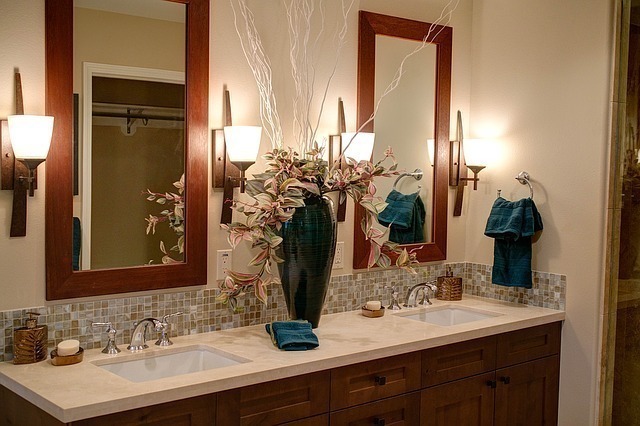
One false word, one extra word, and somebody’s thinking about how they have to buy paper towels at the store. Brevity is very important. If you’re going to be longwinded, it should be for a purpose. Not just because you like your words.
Patricia Marx
Sides to Middling
I don’t like fitted sheets. You may have already guessed this from my responses on this post, but if you hadn’t, let me be clear: I don’t like fitted sheets.

Unfortunately, buying flat sheets that don’t come with fitted sheets is relatively difficult these days. We were fortunate enough to be given a couple of pairs for our wedding, but as that was more than six years ago, they are starting to show signs of age. Particularly the fluffy winter pair – they got so much wear in the first few years of our marriage (before we found a second pair of flat winter sheets) that they are now… well, worn.
Obviously, given their two-hen’s-teeth rarity rating, we weren’t going to just fling them in the bin. Enter the ancient homely art of sides-to-middling. I always found references to this in old books confusing, as they talked about turning the sides to the middle, without mentioning that you also took the middle to the sides.
Here’s how it works: you find the middle of the top or bottom seam. You cut through the thick bit, and tear from top to bottom (or bottom to top, as the case may be). If you have good-quality sheets which are cut on the grain, you now have two rectangles of sheet. If not… you either put up with trapezium sheets (sounds like the sort of thing a circus performer would sleep on), or you reclassify them as ‘fabric’ and make fluffy winter pyjamas.
The next step is to put the two halves back together, but this time the insides are outsides, and the outsides are insides. If your sheet is edged with selvages, just overlap them a little and pin in place. If your sheet is edged with hems, you’ll need to turn one half over and them slide the overlapping pieces together until the two hems sit against each other, resulting in a double-wide hem section down the middle.
Whatever you do, do not try to sew the two hem edges on top of each other. Unless, of course, you are engaged in territorial warfare with your bedmate and need some sort of Maginot Line to keep the combatants apart. If your bedmate is a cat, however, don’t bother. Cats don’t do “mine” and “yours” in a bed. From their point of view, the bed is divided into “mine” and “also mine but rather lumpy.”
Once the sheet is appropriately lined up and pinned, sew two lines down the middle (you don’t want any overlap flapping about). Now is the time to decide if the worn edges need reinforcing in any way. Small holes can be darned, large areas can be patched (with a cannibalized pillowcase or similar). If the hole or incipient hole isn’t right on the edge, it can wait til after the next step. Press, pin and sew a double-fold hem down the sides (which used to be the middles) and there you are: one sides-to-middled sheet.

Now is the time to deal with any holes or dangerously worn bits that aren’t right on the edge, making sure to keep the edges of any patches nice and flat. Wash, dry, and put back in circulation – always remembering to be a little more gentle with this sheet than with others. Remember: if you’re not in the army, you don’t need your sheets tucked so tight you can bounce a coin off them.
The Home of Enoughness
A face, Loretta Young said, “is like the outside of a house, and most faces, like most houses, give us an idea of what we can expect to find inside.” Our house is 74 years old, built during the Second World War as state housing: good quality housing for the working class. It’s still a good quality house. Rimu doors, matai floors, cupboards that don’t fly open in earthquakes…

A house is the embodiment of the culture which built it, but New Zealand culture has changed. As Bill McKay and Andrea Stevens noted in their book on the New Zealand state house, past and present (Beyond the State: New Zealand State Houses from Modest to Modern), most ex-state houses have been adapted, extended, enlarged. But not all. To quote: “Having lived in the house now for several years, Aaron [Kreisler, ex-state-houseowner] feels he has grown into it. Instead of adapting the house, he has adapted to it.”
There is a fascinating depth to that idea which I would like to delve into. The idea of cutting your coat to suit your cloth is quite passé, but why? What is the allure of indebting yourself in order to increase your space beyond what you actually need? First you spend money on stuff, and then you spend more on enlarging your house to fit it. Why not instead take the house as it is, as your ally in living a life of enoughness?
I feel particularly blessed in that regard, as my house seems to have been neatly designed for enoughness. It’s not an ornate and draughty Victorian behemoth, or an eighties temple to overconsumption, or even a modern there-is-a-house-somewhere-behind-this-garage architectural ode to our cultural dependence on personal vehicular transport. It’s a 1940s row house/terraced house, with a slightly cottagey aesthetic.

One can imagine the first occupants moving into it with the precious furniture that their family managed to hold on to through the Depression, each item carefully tended and given its own place. If there’s one thing that this house would not have seen a lot of in its early days, it’s clutter. Its ‘face’ suggests an interior of comfortable simplicity, an efficiency without sterility, a warm and unpretentious home. Slick modern luxury? No.
McKay and Stevens describe the ex-state house bathroom as “a surprisingly perfunctory space. It is tiny and speaks of a very different attitude to what is seen nowadays as an indulgent daily ritual.” Our very typical bathroom contains a bath, a basin (no stand, it’s attached to the wall) and a toilet, with the sum total of storage provided by a small medicine cabinet set into the wall. If you want to avoid accumulating clutter, the ex-state house bathroom is your friend, the tough no-nonsense kind of friend who will chuck your extra conditioner bottles out the window if you overcrowd the sill.

Storage becomes a bit of a theme in McKay and Stevens’ description. “But the thing you really notice when visiting these houses is how little storage space they had compared with today’s homes. We don’t take up more space, but our stuff seems to; indeed, quite significantly more. A standard-issue wardrobe for these times was about a metre wide. With all the consumer temptations thrown at us today, this would barely be enough for a coat collection.”
On reading this, I immediately thought of what could be construed as my coat collection. I have one winter coat of wool, one jacket ditto, one alleged raincoat (showercoat, more like), and one red velvet coat, plus one large cloak. This seems to me like a lot, but I can assure you, it doesn’t take up half of the wardrobe space which the 1940s have bestowed upon me. Six dresses hang in the same wardrobe, along with a collared shirt, two skirts, my evening wear, an off-season dressing-gown and my wedding dress. And a hanging doohicky which holds scarves, hats, kerchiefs, belts etc. And that’s just the rail. What more do I need?

“’There’s this fascination now for people making their mark with these über-sized houses,’ reflects Aaron, ‘where your kitchen has to be a chef’s kitchen and your bathroom a large walk-in space. [I am happy to say that I have yet to see a bathroom into which one cannot walk. Possibly he is conflating the idea of the large en-suite bathroom and the walk-in wardrobe?] The addiction to spending is huge. We are the generation that is allowed to carry large amounts of debt. And so the state house presents a different set of attitudes about ownership.”
Perhaps that’s something we can use to help ourselves, as our culture careers down the slope of constant-growth consumerism like an out-of-control shopping trolley toward the muddy ditch of debt and buyer’s remorse. If a house speaks to us of the culture that produced it, perhaps we can use the house as a way to reach back to that culture, or rather, a way for that culture to reach out to us.
I can’t help feeling, though, that the past is most likely to reach out and smack us round the head, shouting “what on earth do you need that many clothes for? How many bodies have you got? And what do you mean, his and hers bathrooms? Haven’t you got any bladder control?”
 My house is 74, after all, and at that age you’ve got past any awkwardness about asking people embarrassing questions.
My house is 74, after all, and at that age you’ve got past any awkwardness about asking people embarrassing questions.
How old is your house? And what might it say to you?

